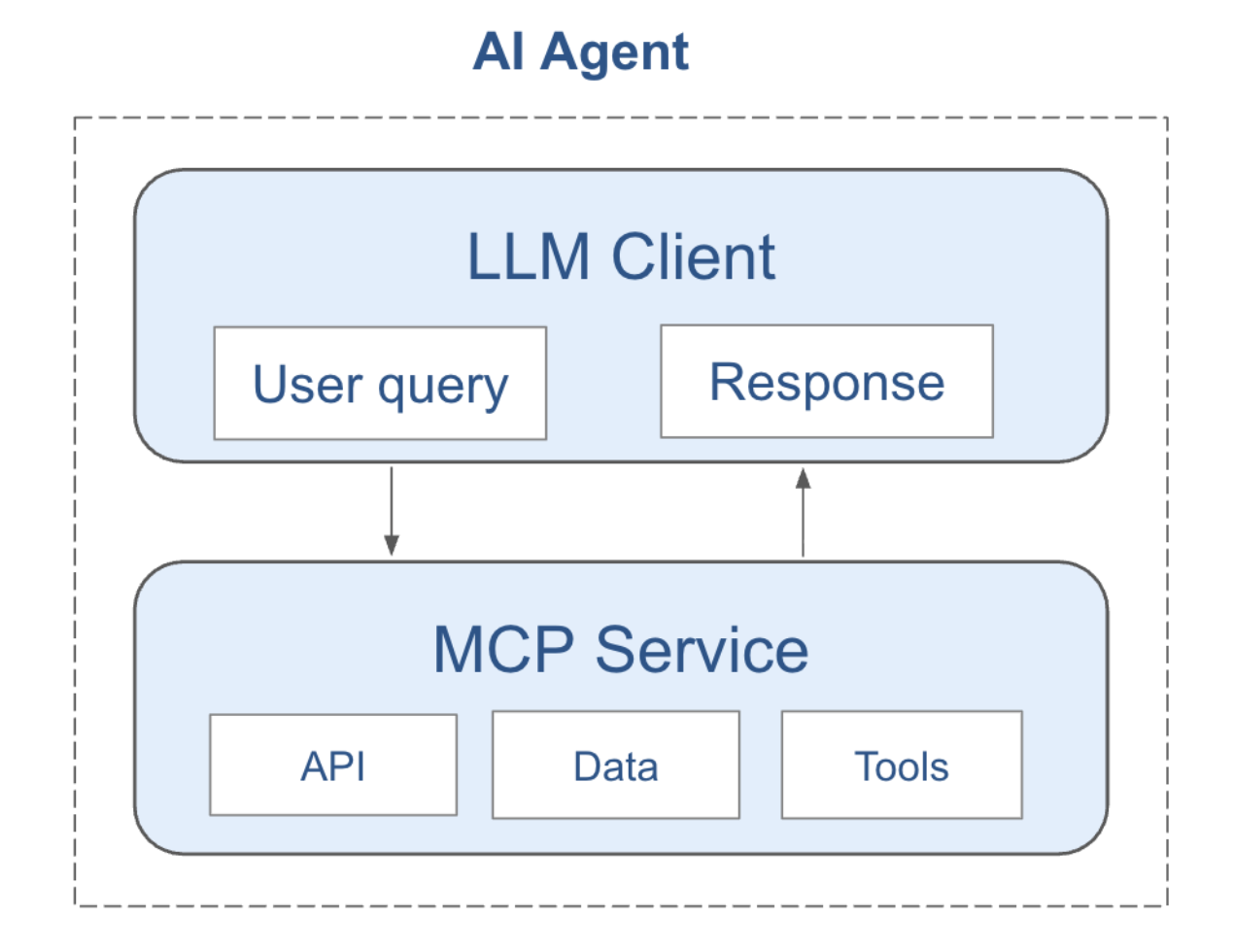
October 18, 2024
October 18, 2024
Extraordinary ocean warming threatens more severe weather and a record-breaking hurricane season
What You Need to Know
- Ocean temperatures reached record highs in the past 12 months
- The US had 28 weather-caused disasters costing over $1 Billion in 2023
- There is a direct link between warming oceans and increasingly severe weather
- The extraordinary ocean warmth threatens a more severe hurricane season
- Ocean data can provide early warnings of approaching storms
- Government funding to sustain our ocean observing system should be a high priority

Record ocean warmth causes more weather disasters
The past 12 months, from March 2023 to March 2024, have seen global ocean surface temperatures hit new highs every single day, averaging 0.25 oC warmer than the previous year and 0.6 oC warmer than the 1991-2020 average. 2023 went into the record books as the warmest year on record for the last 100,000 years, and the extraordinary warmth has continued into the spring of 2024.
A direct consequence of the warm ocean temperatures is the rapid succession of severe storms. High winds, heavy rains, and coastal erosion from Atmospheric Rivers plagued California in February, heavy snow hit Seattle in January and Denver in March, severe storms and tornadoes struck the Midwest and South in each of the first 3 months of 2024, and the entire east coast from the Gulf to Maine has experienced flooding from heavy rains and unusually strong winds this winter and spring.
The US experienced a record 28 weather disasters with over $1 billion in damages in 2023. Heat waves, floods, landslides, wildfires, and severe winds cause loss of life and property destruction. Severe weather strained power grids and left thousands without power, often for many days. And this year’s extraordinary ocean warmth threatens a more intense hurricane season this summer.
Severe weather like this reminds us of the importance of accurate weather forecasts for the health, safety, and prosperity of all US and global citizens and commercial enterprises. We need an ever-improving warning system to stay ahead of the death and destruction of the increasingly severe weather. And monitoring the ocean is a central element of our weather warning system.
The Ocean’s role in weather and climate
Covering 70% of the globe, the ocean contains over 1,000 times the heat capacity of the atmosphere, 100,000 times as much water and 50 times as much CO2. It has absorbed over 90% of the heat of global warming, which has delayed the full impact of rising CO2 in the atmosphere for many decades.
Physics tells us that stronger evaporation from the warming ocean is supercharging the rainfall in these storms and the buoyant water molecule causes moist convection to reach higher in the atmosphere to bring down stronger winds and bigger hail.
The oceans are also the source of many of the most challenging threats of climate change: sea level rise, more intense hurricanes, and increasingly dangerous Atmospheric Rivers arising from higher moisture content.
New understandings of the varying patterns of ocean temperature and salinity are providing far superior forecasts of future weather than can be deduced from the chaotic atmosphere. At Salient Predictions, we make use of temperature and salinity data from the Argo float array to make better sub-seasonal to seasonal (weeks to months) weather forecasts using machine learning techniques.

The Urgency of Sustaining Ocean Observation
Sustaining ocean observing programs like Argo has always been a challenging political and professional problem. Argo is funded within the budget of the Office of Oceanic and Atmospheric Research of NOAA, but this budget has not been keeping pace with inflation, especially the increased cost of satellite communications. According to NOAA sources, U.S. Argo float deployments have declined by 20% since their peak in 2016, due to a rise in the cost of communications and equipment without a proportional increase in funding for the program.
Letting the Argo array decay, when it has become so useful for monitoring the heat content of the ocean and predicting the increasingly volatile weather we are experiencing, is a regrettable decision. The billion-dollar weather disasters will continue to get worse and we could lose the forewarnings we have learned to glean from oceanic data to save lives, limit property damage, and reduce economic impact if we let the ocean observation system fade away.
A Call to Action
Government agencies and Congress must cooperate to make sure that we do not let this key element of our weather warning system further decay. Indeed, it has proven to be so useful for understanding the evolution of ocean heat content, that we need to expand its capabilities to include the tools to understand the ocean’s important role in absorbing CO2 from the atmosphere. The extraordinary ocean warmth of the past year and the associated weather disasters should be a wake-up call to remind us all of the many increasing risks we face in our changing climate.
---
Disclaimer: Weather predictions provided are for informational purposes only. Forecasts may be inaccurate due to the complex nature of weather systems.
Investors use this information at their own risk. Past performance does not guarantee future results. We advise conducting personal due diligence and consulting financial professionals before making investment decisions.
Salient Predictions is not liable for any financial losses resulting from the use of this information. By using these predictions, you accept full responsibility for your investment outcomes.
October 18, 2024
October 18, 2024
Extraordinary ocean warming threatens more severe weather and a record-breaking hurricane season
What You Need to Know
- Ocean temperatures reached record highs in the past 12 months
- The US had 28 weather-caused disasters costing over $1 Billion in 2023
- There is a direct link between warming oceans and increasingly severe weather
- The extraordinary ocean warmth threatens a more severe hurricane season
- Ocean data can provide early warnings of approaching storms
- Government funding to sustain our ocean observing system should be a high priority

Record ocean warmth causes more weather disasters
The past 12 months, from March 2023 to March 2024, have seen global ocean surface temperatures hit new highs every single day, averaging 0.25 oC warmer than the previous year and 0.6 oC warmer than the 1991-2020 average. 2023 went into the record books as the warmest year on record for the last 100,000 years, and the extraordinary warmth has continued into the spring of 2024.
A direct consequence of the warm ocean temperatures is the rapid succession of severe storms. High winds, heavy rains, and coastal erosion from Atmospheric Rivers plagued California in February, heavy snow hit Seattle in January and Denver in March, severe storms and tornadoes struck the Midwest and South in each of the first 3 months of 2024, and the entire east coast from the Gulf to Maine has experienced flooding from heavy rains and unusually strong winds this winter and spring.
The US experienced a record 28 weather disasters with over $1 billion in damages in 2023. Heat waves, floods, landslides, wildfires, and severe winds cause loss of life and property destruction. Severe weather strained power grids and left thousands without power, often for many days. And this year’s extraordinary ocean warmth threatens a more intense hurricane season this summer.
Severe weather like this reminds us of the importance of accurate weather forecasts for the health, safety, and prosperity of all US and global citizens and commercial enterprises. We need an ever-improving warning system to stay ahead of the death and destruction of the increasingly severe weather. And monitoring the ocean is a central element of our weather warning system.
The Ocean’s role in weather and climate
Covering 70% of the globe, the ocean contains over 1,000 times the heat capacity of the atmosphere, 100,000 times as much water and 50 times as much CO2. It has absorbed over 90% of the heat of global warming, which has delayed the full impact of rising CO2 in the atmosphere for many decades.
Physics tells us that stronger evaporation from the warming ocean is supercharging the rainfall in these storms and the buoyant water molecule causes moist convection to reach higher in the atmosphere to bring down stronger winds and bigger hail.
The oceans are also the source of many of the most challenging threats of climate change: sea level rise, more intense hurricanes, and increasingly dangerous Atmospheric Rivers arising from higher moisture content.
New understandings of the varying patterns of ocean temperature and salinity are providing far superior forecasts of future weather than can be deduced from the chaotic atmosphere. At Salient Predictions, we make use of temperature and salinity data from the Argo float array to make better sub-seasonal to seasonal (weeks to months) weather forecasts using machine learning techniques.

The Urgency of Sustaining Ocean Observation
Sustaining ocean observing programs like Argo has always been a challenging political and professional problem. Argo is funded within the budget of the Office of Oceanic and Atmospheric Research of NOAA, but this budget has not been keeping pace with inflation, especially the increased cost of satellite communications. According to NOAA sources, U.S. Argo float deployments have declined by 20% since their peak in 2016, due to a rise in the cost of communications and equipment without a proportional increase in funding for the program.
Letting the Argo array decay, when it has become so useful for monitoring the heat content of the ocean and predicting the increasingly volatile weather we are experiencing, is a regrettable decision. The billion-dollar weather disasters will continue to get worse and we could lose the forewarnings we have learned to glean from oceanic data to save lives, limit property damage, and reduce economic impact if we let the ocean observation system fade away.
A Call to Action
Government agencies and Congress must cooperate to make sure that we do not let this key element of our weather warning system further decay. Indeed, it has proven to be so useful for understanding the evolution of ocean heat content, that we need to expand its capabilities to include the tools to understand the ocean’s important role in absorbing CO2 from the atmosphere. The extraordinary ocean warmth of the past year and the associated weather disasters should be a wake-up call to remind us all of the many increasing risks we face in our changing climate.
---
Disclaimer: Weather predictions provided are for informational purposes only. Forecasts may be inaccurate due to the complex nature of weather systems.
Investors use this information at their own risk. Past performance does not guarantee future results. We advise conducting personal due diligence and consulting financial professionals before making investment decisions.
Salient Predictions is not liable for any financial losses resulting from the use of this information. By using these predictions, you accept full responsibility for your investment outcomes.
About Salient
Salient combines ocean and land-surface data with machine learning and climate expertise to deliver accurate and reliable subseasonal-to-seasonal weather forecasts and industry insights—two to 52 weeks in advance. Bringing together leading experts in physical oceanography, climatology and the global water cycle, machine learning, and AI, Salient helps enterprise clients improve resiliency, increase preparedness, and make better decisions in the face of a rapidly changing climate. Learn more at www.salientpredictions.com and follow on LinkedIn and X.



